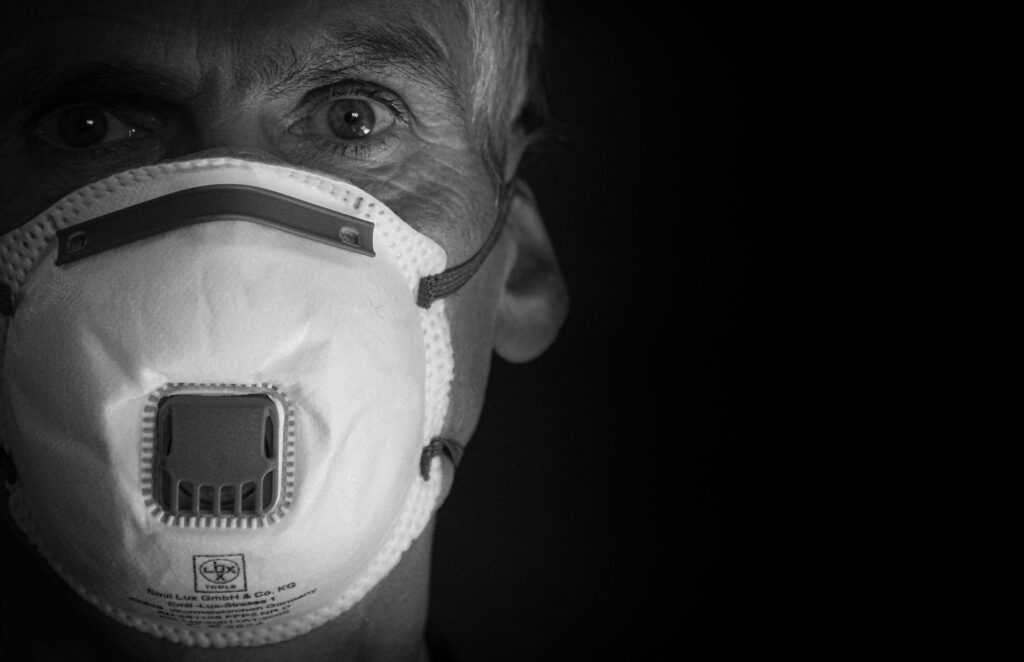Understanding the Chemical Hazards Faced by Emergency Teams

In an era where workplace safety dominates professional discussions, one critical yet often overlooked area demands urgent attention. It is the long-term health impacts of chemical exposure among emergency responders.
While these brave professionals routinely put themselves in harm’s way to protect others, they face invisible threats. These threats extend far beyond the immediate dangers of their work.
The evolving understanding of occupational hazards, particularly in firefighting, has revealed disturbing patterns of health risks linked to standard safety equipment. In this article, let us look at the health risks related to chemical exposure among emergency responders.
Firefighting Foam Risks
For decades, firefighters have relied on specialized equipment and chemicals to combat challenging fires effectively. Among these tools, aqueous film-forming foam (AFFF) emerged as a revolutionary firefighting agent in the 1960s, according to the PFAS Project.
Its remarkable effectiveness in suppressing fuel fires made it standard equipment across fire departments and military installations. However, recent research has revealed disturbing findings about AFFF’s impact on human health.
National Center for Biotechnology Information reveals that firefighters face a 9% higher risk of cancer diagnoses compared to the general population. The correlation between AFFF exposure and various health conditions has grown stronger with each passing year.
According to the Guardian, the foam’s key ingredients, per- and polyfluoroalkyl substances (PFAS), persist in the environment and human body for years. This persistence has earned them the nickname “forever chemicals.”
Impact On Emergency Service Personnel
The health implications for firefighters extend far beyond immediate exposure risks. A comprehensive study by ResearchGate of firefighters across the UK revealed troubling patterns of specific cancers. The research identified higher rates of skin, testicular, and prostate cancers among long-term service members.
Recent AFFF lawsuit settlement amounts have highlighted the severity of this occupational hazard. According to AboutLawsuits, major manufacturers have allocated over $10 billion for compensation, acknowledging the negative health impacts of AFFF.
According to TorHoerman Law, AFFF lawsuits are ongoing, and settlement amounts vary depending on the severity of the case. Top-tier cases with serious illnesses like pancreatic or kidney cancer can result in payouts between $200,000 and $500,000.
Settlements in lower-tier instances may receive payouts between $20,000 to $75,000. Those in mid-tier cases may receive between $150,000 and $300,000. These settlements reflect both the scale of affected personnel and the severity of health consequences.
Transforming Safety Standards
The UK’s approach to addressing these risks has evolved significantly in recent years. The Fire Services Act mandates regular health monitoring for personnel exposed to firefighting chemicals.
This includes comprehensive medical screenings and detailed exposure documentation. Fire departments nationwide have begun transitioning to fluorine-free firefighting foams.
Since July 2020, the UK has banned the sale of AFFF and the use of these extinguishers for training. The phase-out process started in May 2019. Up to July 4, 2025, existing supplies may be used, but only under strict guidelines and after notifying the Environmental Protection Agency.
The Way Forward
The future of workplace environmental health requires a balanced approach. Organizations must weigh operational efficiency against worker safety and environmental protection. This balance becomes increasingly crucial as new industrial processes emerge.
International collaboration remains essential in addressing workplace health risks. Sharing research, best practices, and safety innovations helps create safer working environments globally. Such cooperation proves particularly valuable in addressing common challenges like chemical exposure.
Educational institutions play vital roles in preparing future professionals for workplace health challenges. Universities now incorporate environmental health and safety modules into various professional courses. This education helps create a more safety-conscious workforce.
Continuing research into occupational health risks drives improvements in safety standards. Scientists and health professionals constantly identify new hazards and develop mitigation strategies. Their work ensures that safety measures evolve alongside industrial advancement.
The journey toward safer professional environments continues to evolve. While progress has been made, new challenges emerge regularly. Addressing these challenges requires ongoing commitment from all stakeholders involved in workplace safety.
Frequently Asked Questions (FAQs)
What measures can firefighters take to minimize AFFF exposure?
Firefighters should wear proper personal protective equipment (PPE) during operations involving AFFF and decontaminate gear immediately after exposure. Use closed-loop systems for foam application and cleaning, along with thorough hygiene practices like washing hands and showering post-incident. Doing this significantly reduces the risk of harmful exposure.
Are there alternatives to AFFF that are safer for firefighters?
Yes, several environmentally friendly and PFAS-free firefighting foams are available as alternatives to AFFF. These alternatives effectively suppress fires without the long-term health risks associated with PFAS. Transitioning to these safer foams is a key focus for fire departments seeking to protect their personnel and reduce environmental contamination.
How do fire departments ensure long-term health monitoring for firefighters exposed to AFFF?
Many fire departments have implemented health monitoring programs that include regular screenings for cancers and other illnesses linked to PFAS exposure. Providing access to medical care, maintaining exposure records, and educating firefighters on potential risks are essential steps in ensuring long-term health and safety.
The lessons learned from the AFFF situation have broader implications for occupational safety. They highlight the importance of long-term health monitoring in high-risk professions. Regular health assessments now track exposure effects throughout careers.
These developments have sparked a wider conversation about chemical safety in emergency services. Professional organizations advocate for stricter testing requirements for new firefighting chemicals. Their efforts focus on preventing similar situations in the future.
The experience has transformed how we approach occupational safety for emergency responders. It serves as a crucial reminder that protecting those who protect us requires constant vigilance and adaptation.
Image Source: Pixabay



